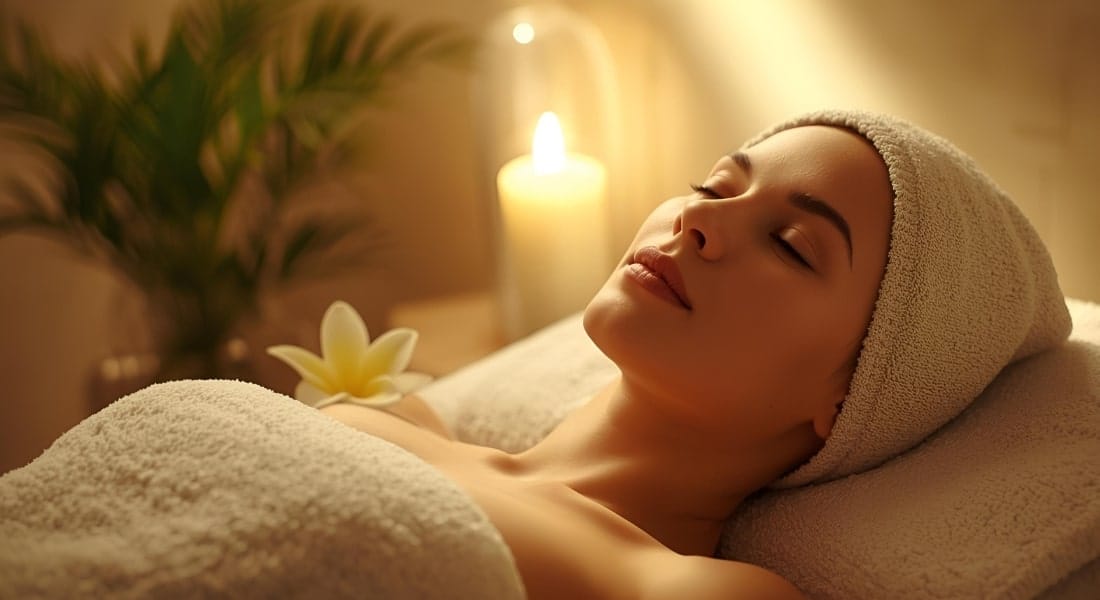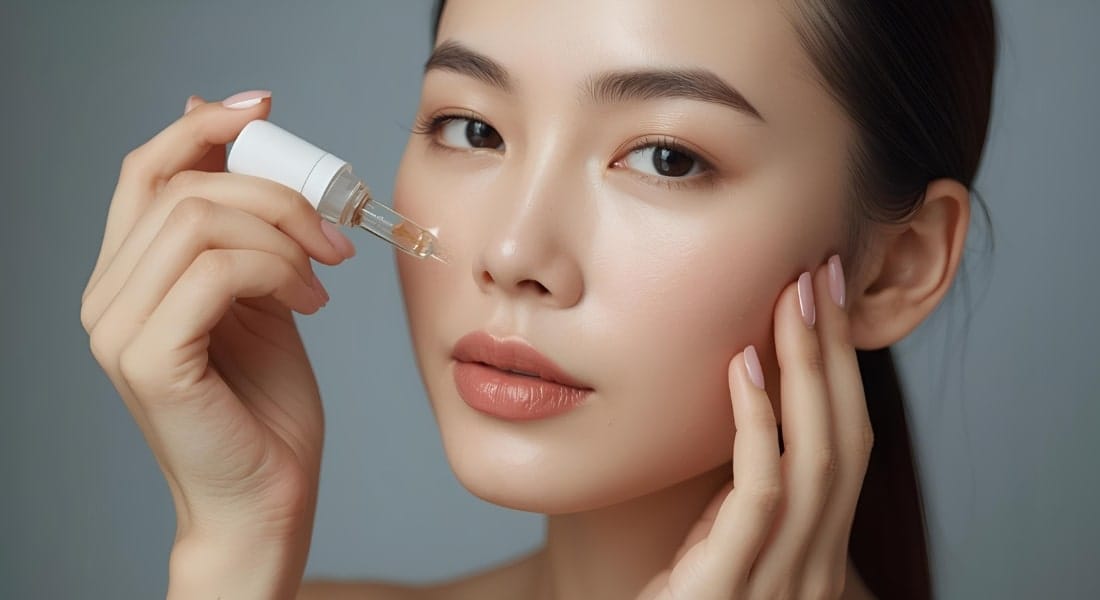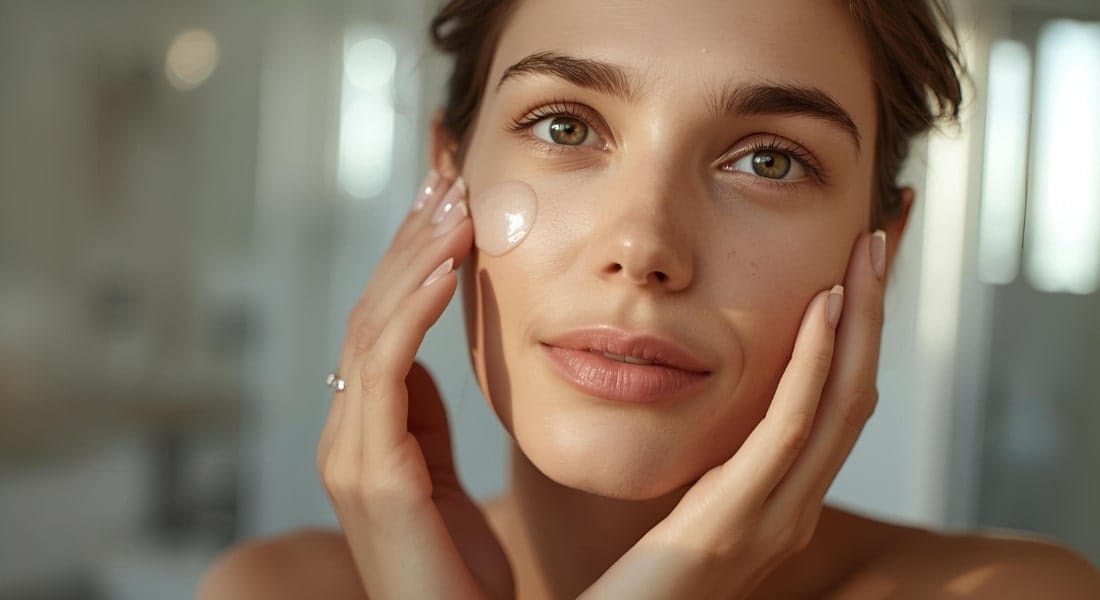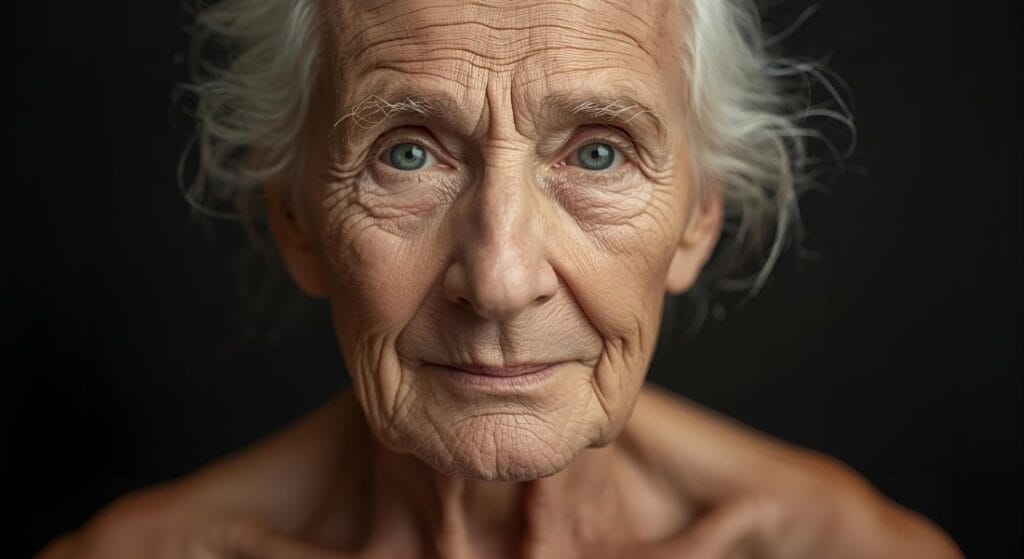It’s a question many of us ask, often while examining a new fine line or a subtle change in our skin’s texture. The idea of “anti-aging” can feel overwhelming, with countless products and a constant debate about whether to start early or wait until visible signs of aging appear. The truth is, at what age to use anti-aging skincare isn’t a single number but a proactive mindset. This guide will help you understand the science behind skin aging and provide a clear, step-by-step roadmap for when and how to introduce the right products into your routine.
Understanding Skin Aging: When Does It Begin?
Skin aging is a natural biological process, but it’s not just about a calendar. We experience two main types of aging:
- Chronological Aging: This is the natural, inevitable process that happens over time. As we age, our cells divide more slowly, and our bodies produce less collagen and elastin—the proteins that keep our skin firm and supple.
- Environmental Aging: This type of aging is largely preventable and is caused by external factors. The biggest culprit is UV radiation from the sun, which is responsible for up to 80% of visible aging signs. Other factors include pollution, lifestyle choices, and oxidative stress.
Even in your 20s or 30s, your skin is already undergoing changes. You might notice the early signs of aging skin, such as a loss of radiance, a slightly uneven tone, or the beginnings of fine lines around your eyes and mouth. These are your skin’s subtle signals that it’s time to start thinking about prevention vs treatment.
Risk Factors That Accelerate Aging
Understanding the factors that speed up aging is key to a proactive approach. These aren’t just things to avoid later in life; they are habits that impact your skin right now.
- Sun Exposure: Unprotected sun exposure is the single biggest contributor to premature aging, causing everything from sunspots and a leathery texture to a breakdown of collagen and elastin.
- Smoking: Tobacco smoke releases free radicals that damage skin cells, leading to a dull complexion and a rapid breakdown of collagen.
- Pollution: Environmental pollutants generate free radicals, contributing to oxidative stress that damages skin’s structural components.
- Poor Diet & Lack of Sleep: A diet high in sugar and processed foods can lead to inflammation, while insufficient sleep prevents the skin from repairing itself overnight.
By adopting an early skincare routine that focuses on prevention, you can counteract these factors and protect your skin’s long-term health.
When is the “Right Age” to Introduce Anti-Aging Products?
There’s no single “correct” age, but a general guideline is to start a proactive, beginner anti-aging skincare routine in your mid-20s. At this point, your skin’s natural collagen production begins to slow down, making it the perfect time to support its health.

Think of it as an investment. Starting in your mid-20s to early 30s is about proactive prevention, building a strong foundation to delay the signs of aging. Waiting until you have deep wrinkles and significant sun damage means you’ll be focused on corrective treatment, which is often more intensive and less effective than prevention.
The key is to start with gentle, well-tolerated ingredients and progress to stronger formulas as needed. Your skin’s sensitivity and your exposure to risk factors should guide your choices.
Key Ingredients to Start With & Product Examples
Building a routine doesn’t mean you need a shelf full of products. Start with these evidence-backed ingredients that are gentle enough for beginners.
- Antioxidants (like Vitamin C): A topical antioxidant is your first line of defense against free radical damage from the sun and pollution. Vitamin C not only protects your skin but also helps brighten your complexion and stimulates collagen production. Products like Lytec nano C20 and SWYADA C160 contain a stable and potent form of Vitamin C, making them excellent choices for daily morning use.
- Hyaluronic Acid (HA): While not a direct “anti-aging” ingredient in the traditional sense, hydration is crucial for a plump, healthy-looking complexion. Dehydrated skin often shows fine lines more prominently. Hyaluronic acid hydration pulls moisture into the skin, improving its resilience and bounce. etrelume 2.1% Pure HA is a great, pure option to start with.
- Retinoids & Peptides: This is where you begin your journey into more active ingredients. Retinoids are derivatives of Vitamin A and are considered the gold standard for anti-aging skincare. They increase cell turnover and boost collagen production. For a beginner, a low-potency formula like SWYADA RETINO MOIST is ideal. Alternatively, peptides can signal your skin to produce more collagen, and a product like SWYADA Retinopep combines the power of peptides and a gentle retinoid for a perfect starting point.
- More Advanced Treatments: As your skin matures and tolerates the initial routine, you can consider more powerful solutions for specific concerns. Products like etrelume Lyftox Serum are designed for intense rejuvenation, while professional treatments like etrelume Lyftox Mesofacial offer concentrated, corrective benefits under a dermatologist’s care.
How to Build a Simple Anti-Aging Routine
A simple, consistent routine is more effective than a complex one you can’t stick to.
Morning Routine: The A.P.P. Approach (Antioxidant, Protect, Preserve)
- Cleanse: Use a gentle cleanser to prepare your skin.
- Antioxidant Serum: Apply a few drops of a Vitamin C serum, such as Lytec nano C20 or SWYADA C160. This will protect your skin from daily environmental stressors.
- Sunscreen: Apply a broad-spectrum sunscreen with at least SPF 30. This is the most crucial step of any anti-aging routine.
Evening Routine: Repair & Restore
- Cleanse: Wash your face to remove the day’s dirt and sunscreen.
- Active Treatment: Apply a small amount of a gentle retinoid like SWYADA RETINO MOIST or a peptide-based serum like SWYADA Retinopep. Start with just two to three nights a week to allow your skin to adjust.
- Hydrate: Follow with a hydrating serum like etrelume 2.1% Pure HA and a quality moisturizer to seal in moisture and support your skin’s barrier.
When to Escalate / Add Stronger Actives

Once your skin has fully adjusted to your beginner routine (usually after 6-12 months) and you’re not seeing the results you want for more stubborn concerns, you can consider escalating. This might mean moving from a low-potency retinoid to a stronger one, or adding targeted treatments like the etrelume Lyftox Serum. For more significant concerns, consult with a dermatologist. They may recommend professional procedures like peels or advanced treatments like the etrelume Lyftox Mesofacial to target deeper issues.
Tips to Support Anti-Aging from Lifestyle
Your skincare products can’t do all the work alone. Your lifestyle habits are just as important.
- Sun Protection: This is worth repeating. Sunscreen is your best friend.
- Prioritize Sleep: Your skin repairs itself while you sleep. Aim for 7-9 hours a night.
- Hydrate & Eat Well: A diet rich in antioxidants, healthy fats, and vitamins (like Vitamin E and A) provides your skin with the nutrients it needs to thrive.
- Avoid Harmful Habits: Smoking and excessive alcohol consumption accelerate aging. Limiting these will have a noticeable impact on your skin’s health.
Frequently Asked Questions
Q: Can I start using anti-aging in my 20s?
A: Yes, absolutely. Starting in your mid-20s is an excellent strategy. The goal is to focus on preventative care by using gentle ingredients like antioxidants and sunscreen to protect your skin’s natural collagen and slow down the aging process.
Q: Is Vitamin C enough for prevention?
A: Vitamin C is a powerful antioxidant that’s great for prevention, but it’s not a complete solution. It’s most effective when combined with daily broad-spectrum sunscreen. Later, adding a gentle retinoid can provide a more comprehensive preventative approach.
Q: Are retinoids safe in early 30s?
A: Yes, retinoids are generally safe and highly recommended for your early 30s. Start with a low concentration product and use it a few times a week to allow your skin to build tolerance. It’s a key ingredient for boosting collagen and cell turnover.
Q: How long until I see results?
A: Patience is key. While you might see some immediate brightening from Vitamin C and hydration from hyaluronic acid, the real, lasting effects from products like retinoids can take 3-6 months of consistent use to become noticeable.
Q: What product should I use first?
A: If you’re starting from scratch, your first two products should be a gentle cleanser and a broad-spectrum sunscreen. Once those are a daily habit, introduce a Vitamin C serum in the morning and a gentle retinoid or peptide serum at night.
Conclusion

The answer to when to start anti-aging products is not about waiting for a specific birthday, but about recognizing the importance of prevention. By introducing a simple, consistent routine in your mid-20s or early 30s with gentle, scientifically-backed ingredients like those found in etrelume 04, Lytec nano C20, SWYADA RETINO MOIST, SWYADA Retinopep, and etrelume 2.1% Pure HA, you can proactively maintain your skin’s health and vitality. When you’re ready to advance your routine, stronger options like etrelume Lyftox Serum and professional treatments like etrelume Lyftox Mesofacial are available.
Remember, the goal isn’t to look 20 forever, but to look your best at every age by giving your skin the protection and support it needs.

